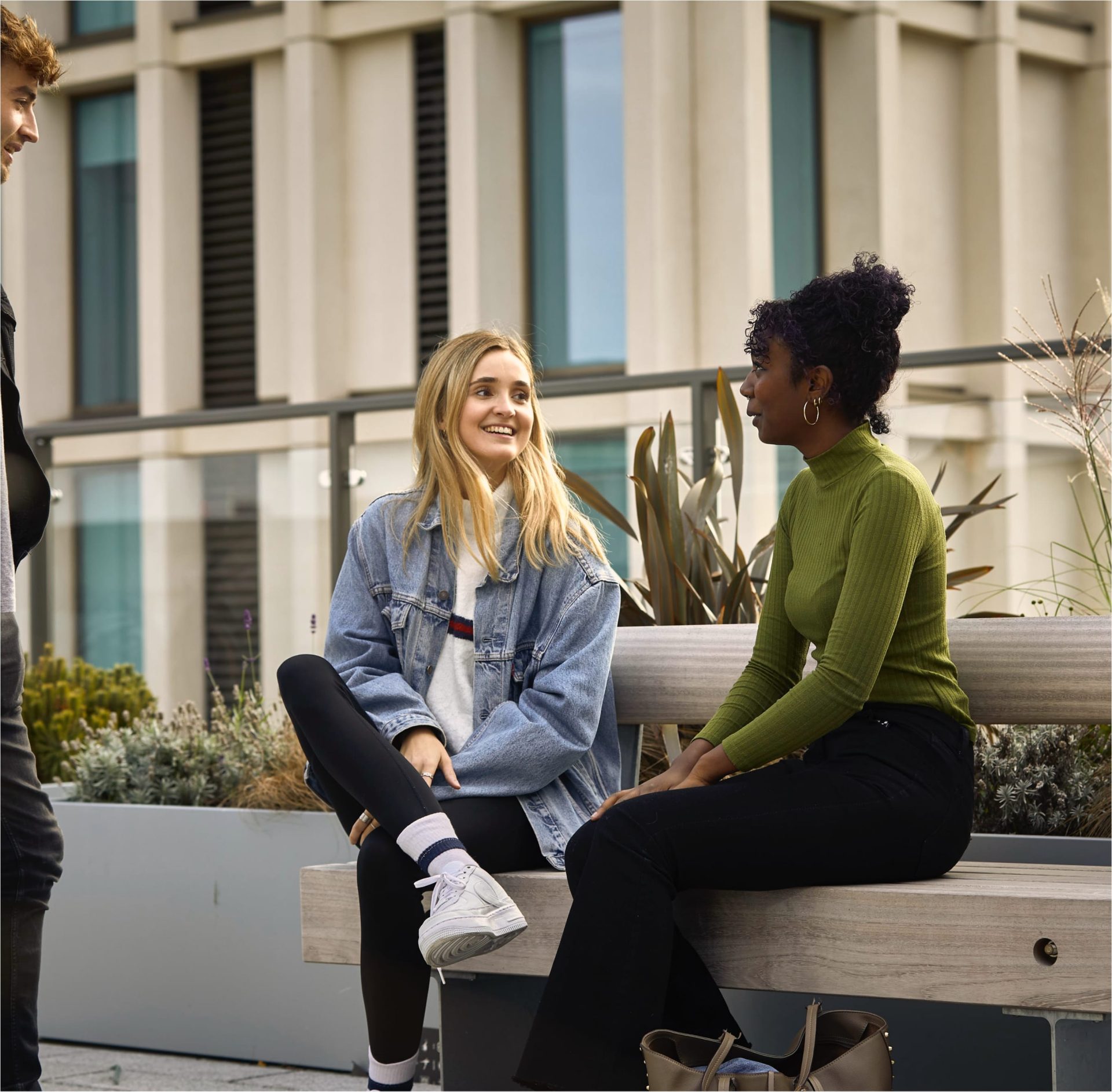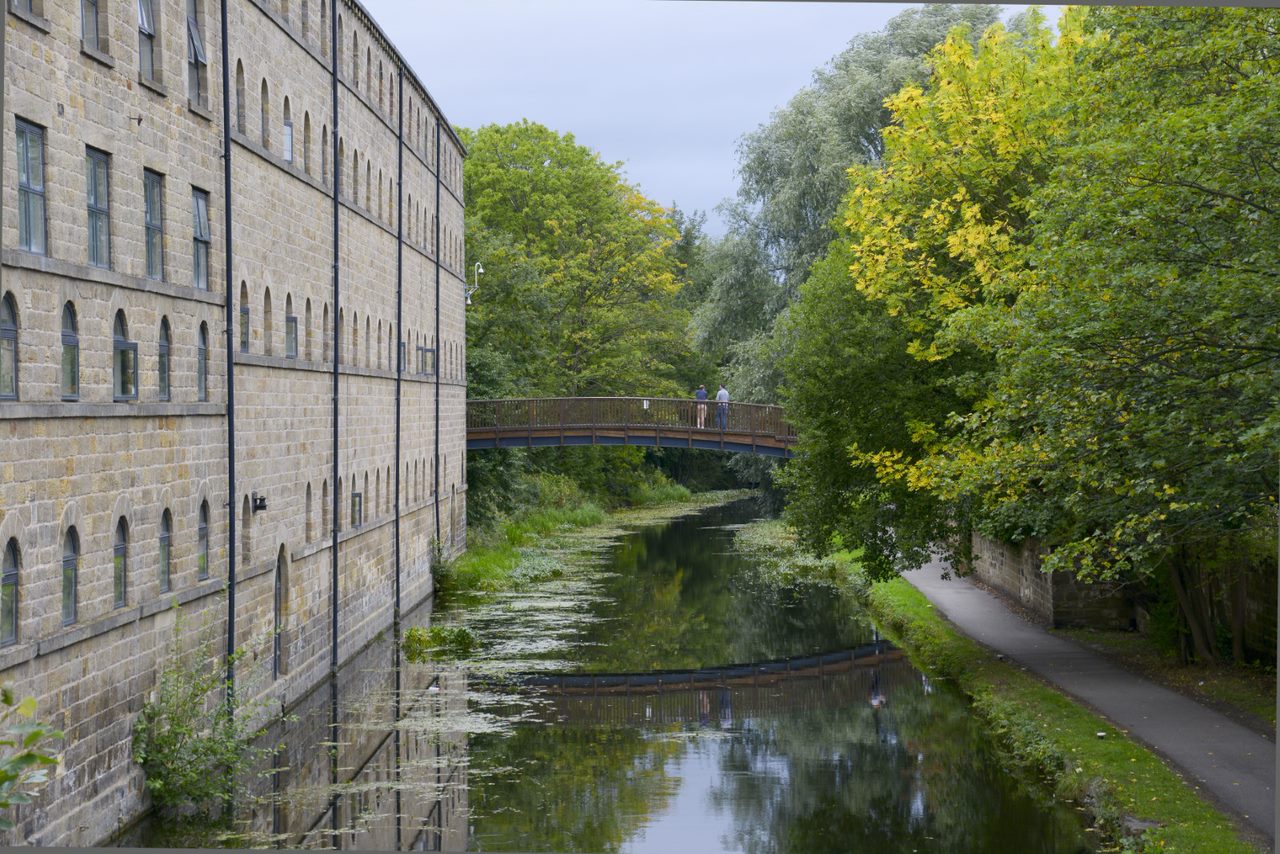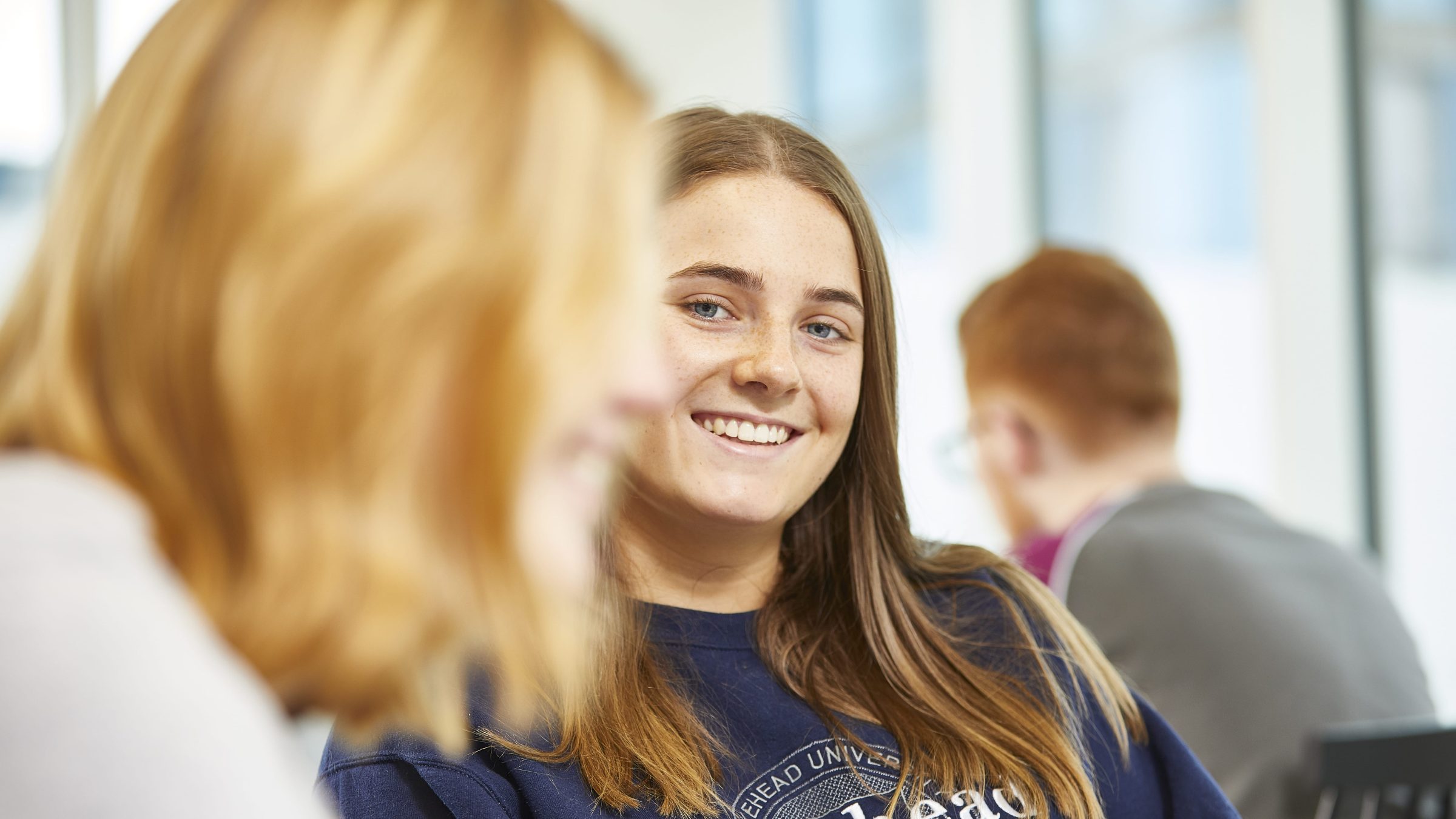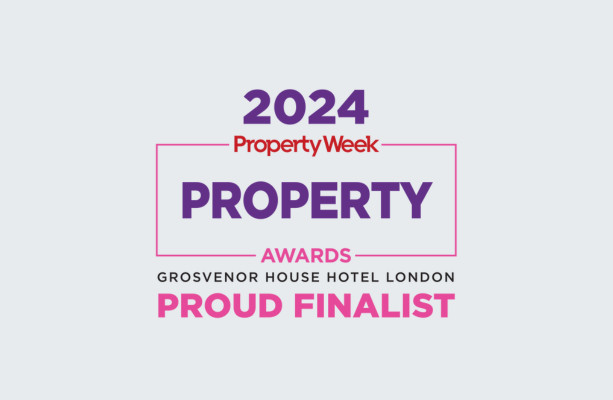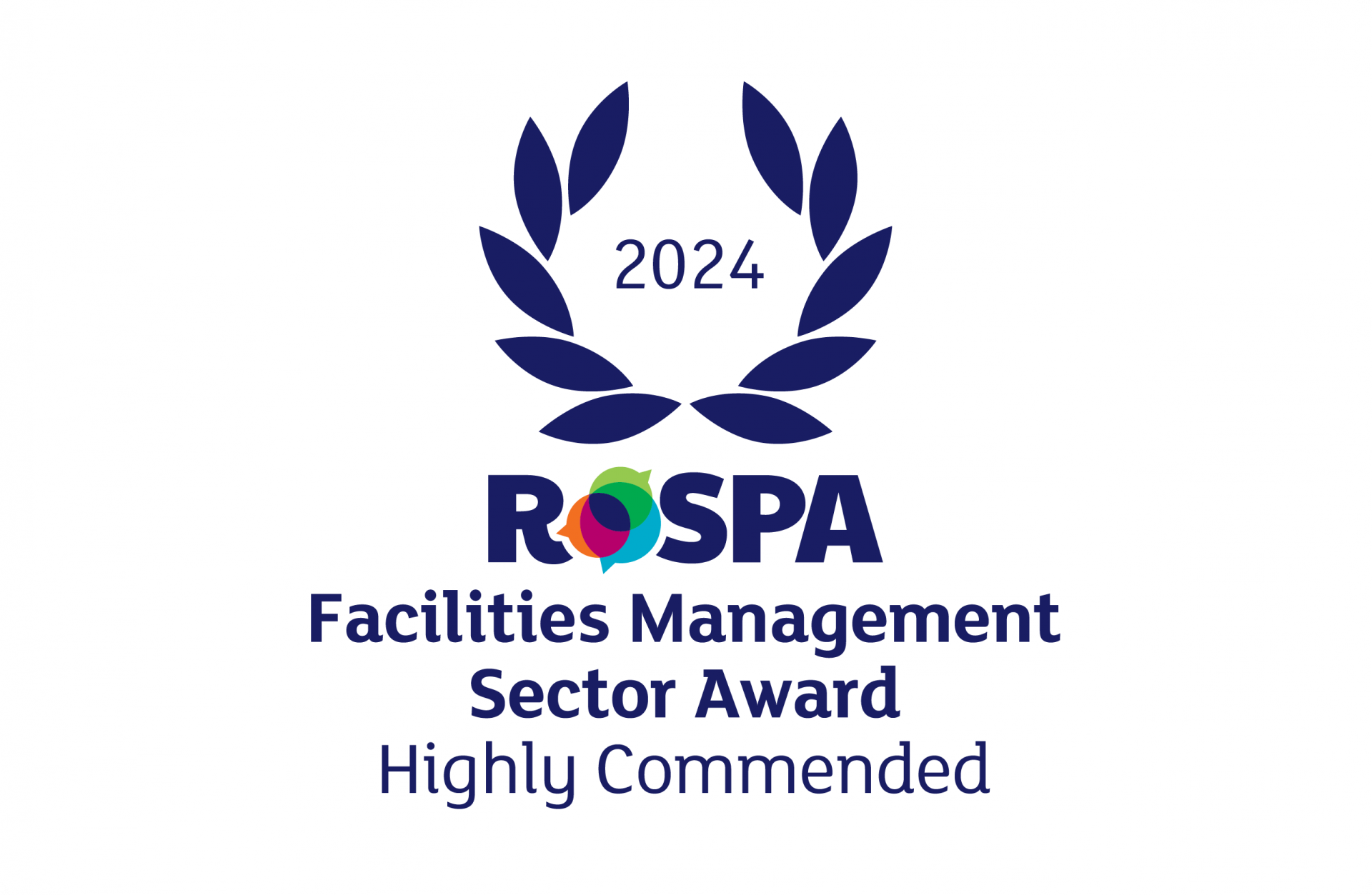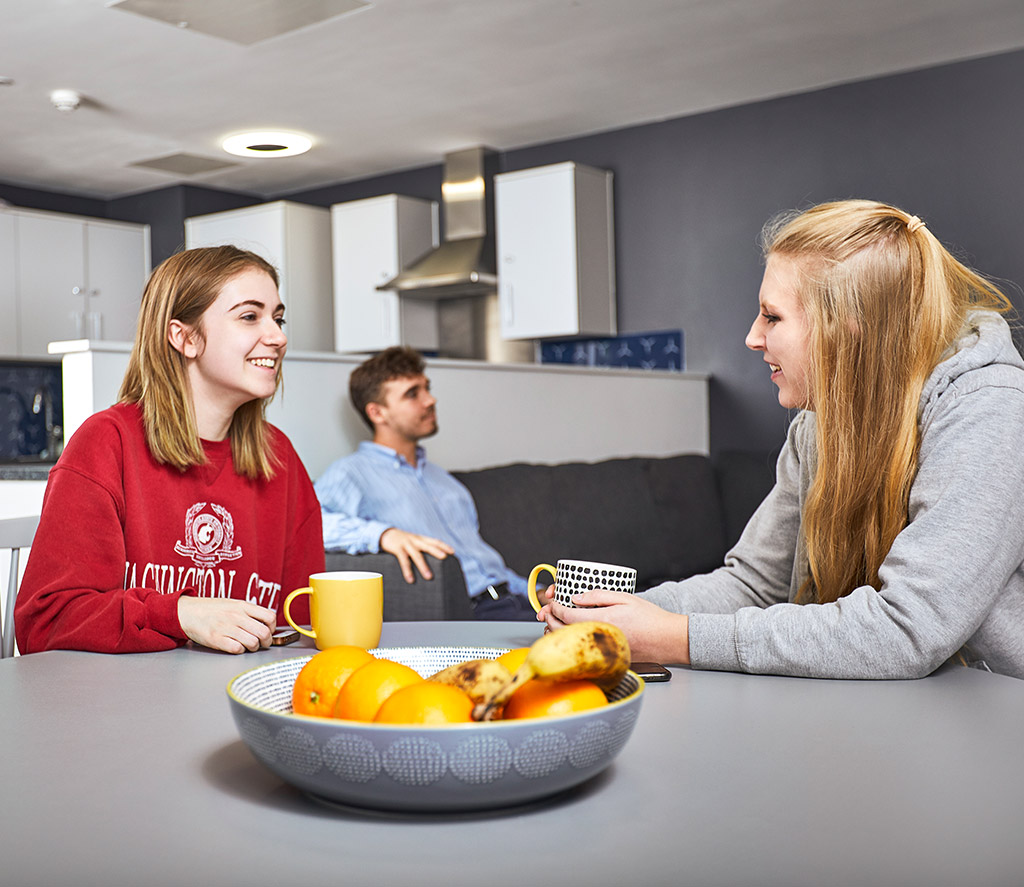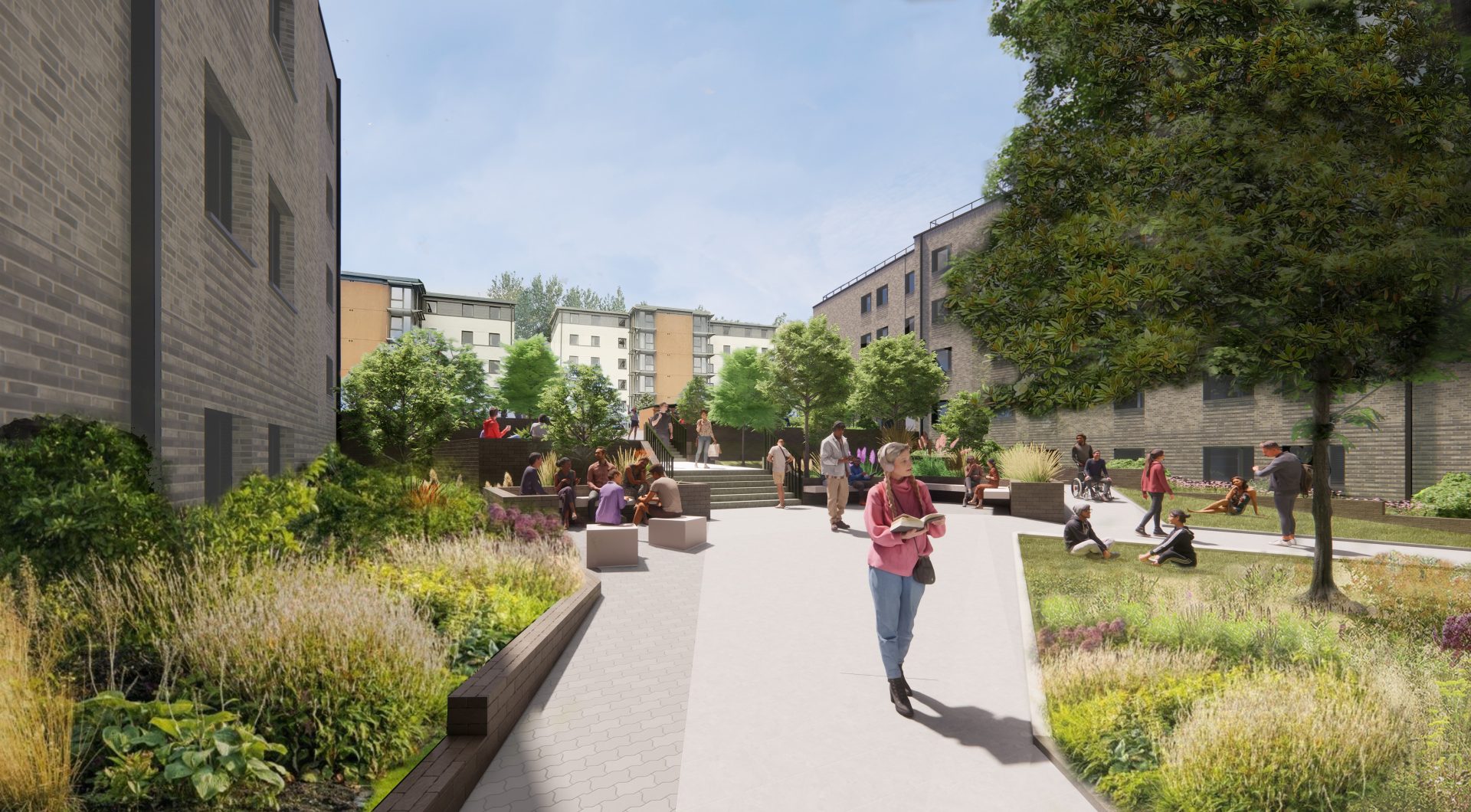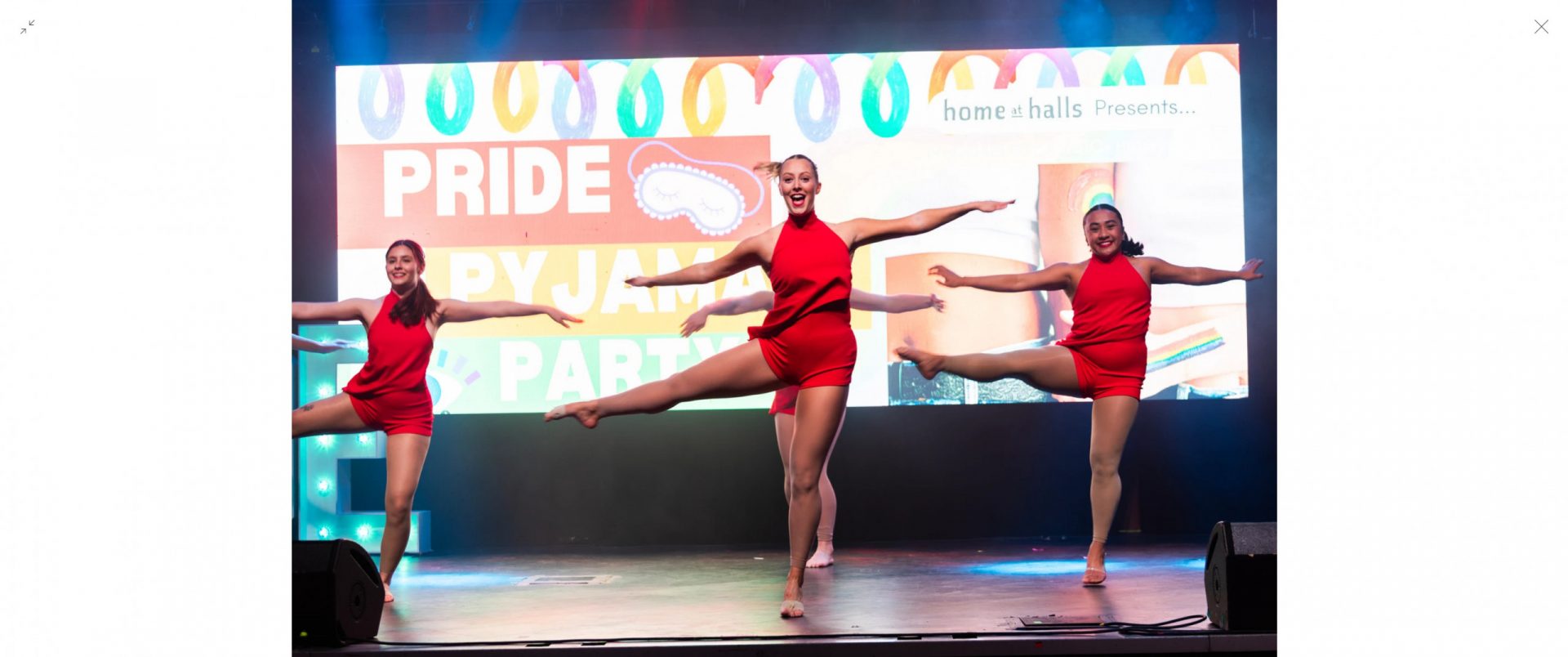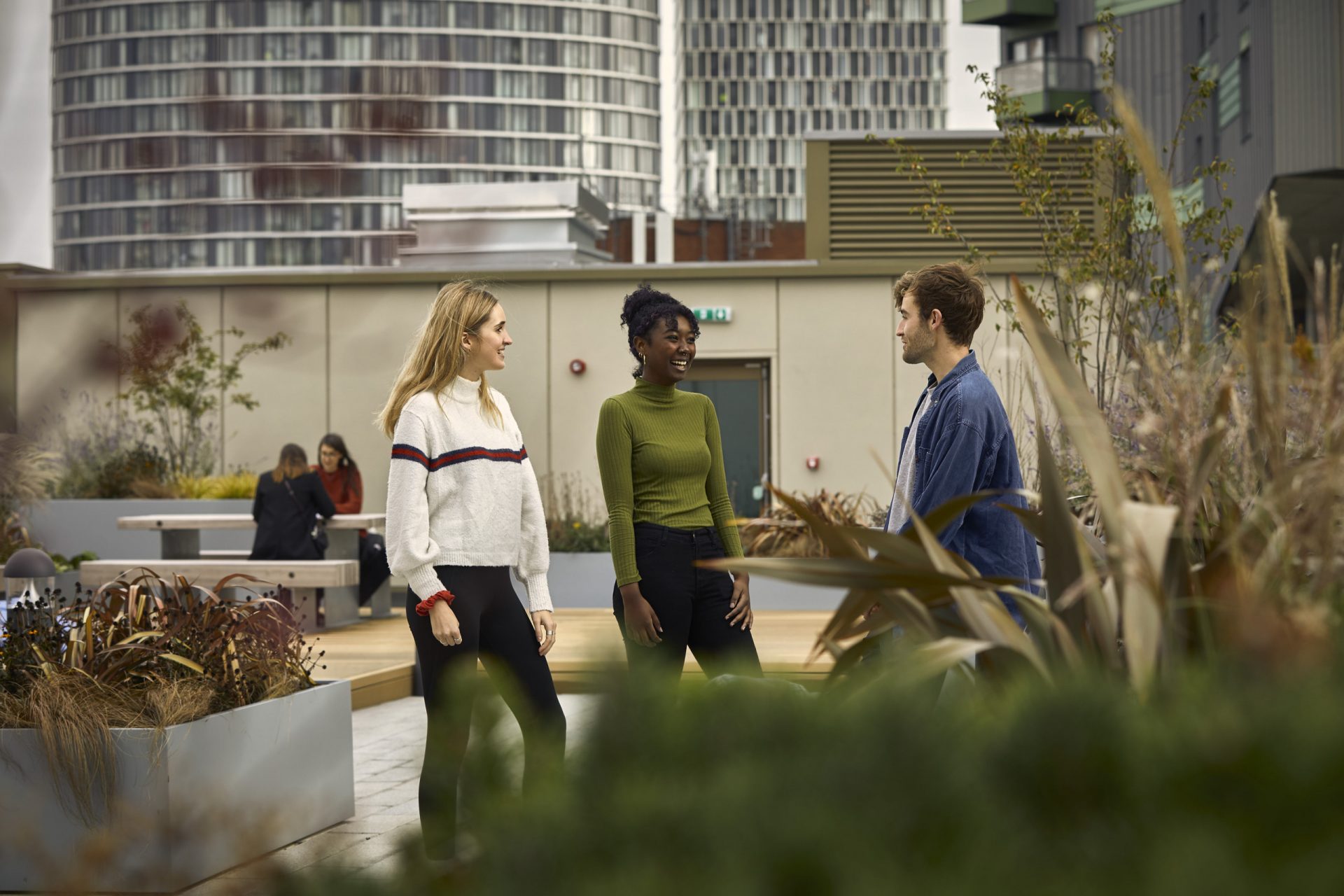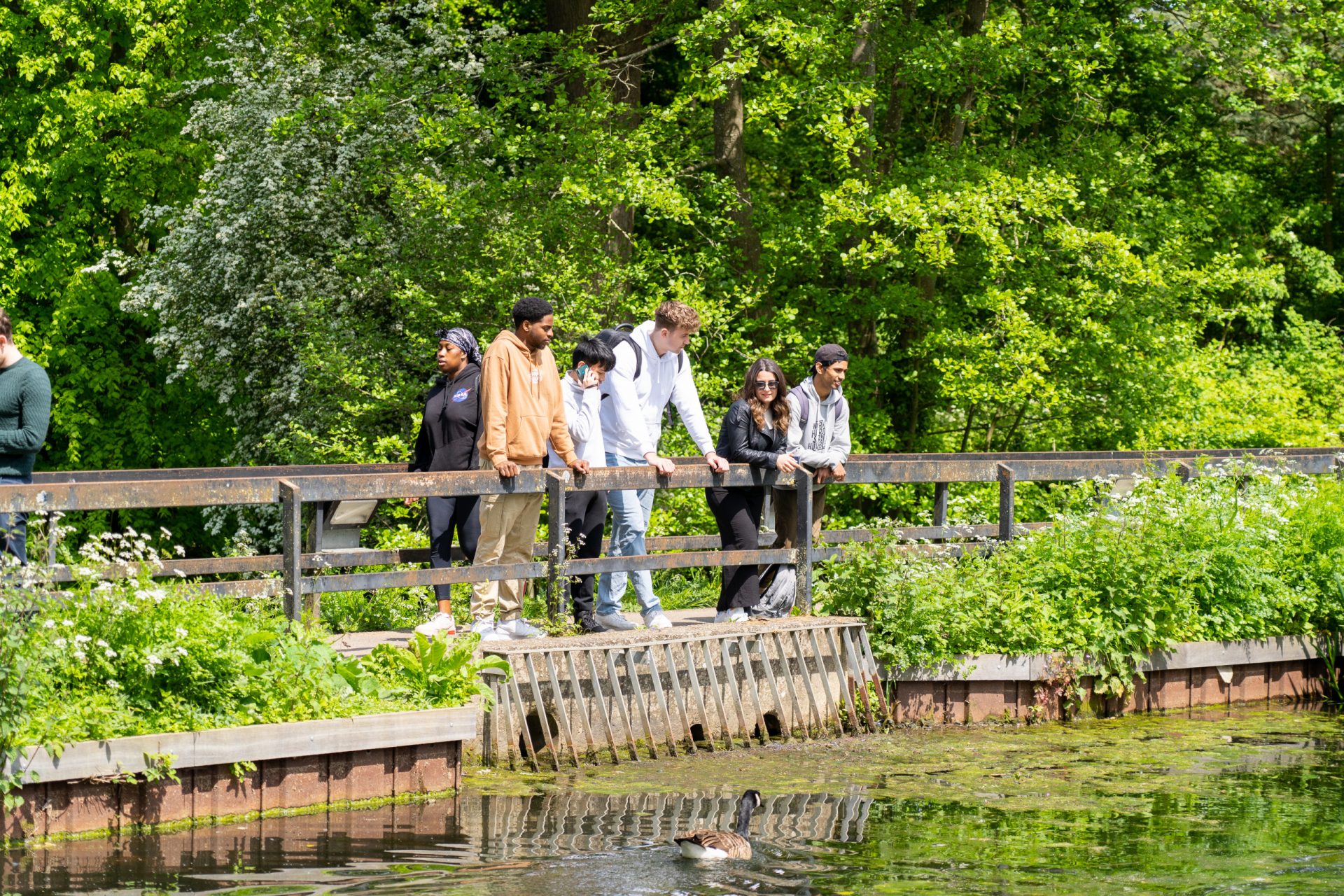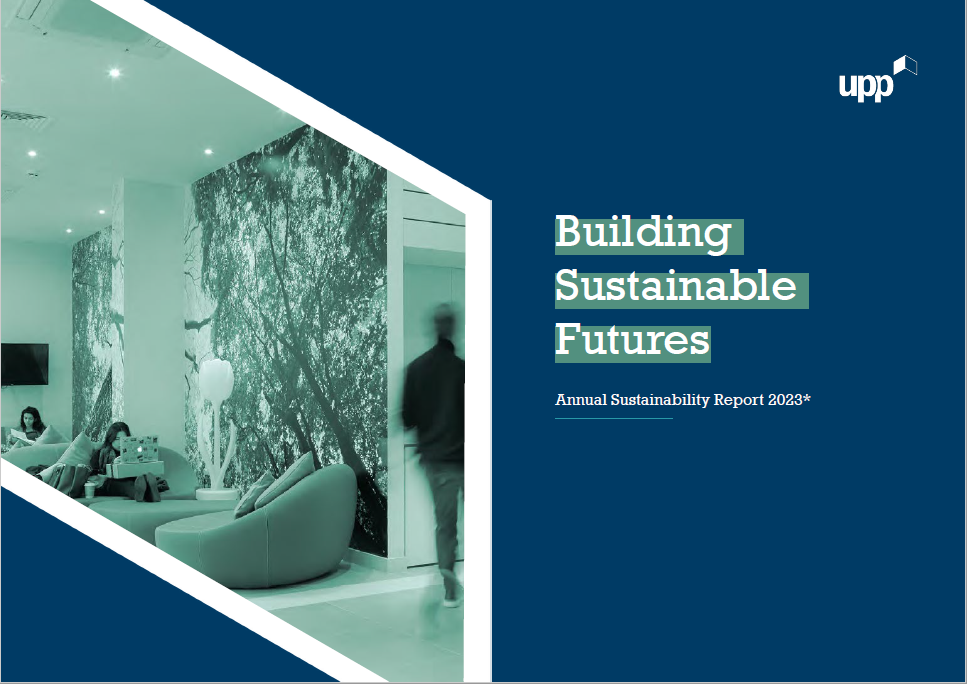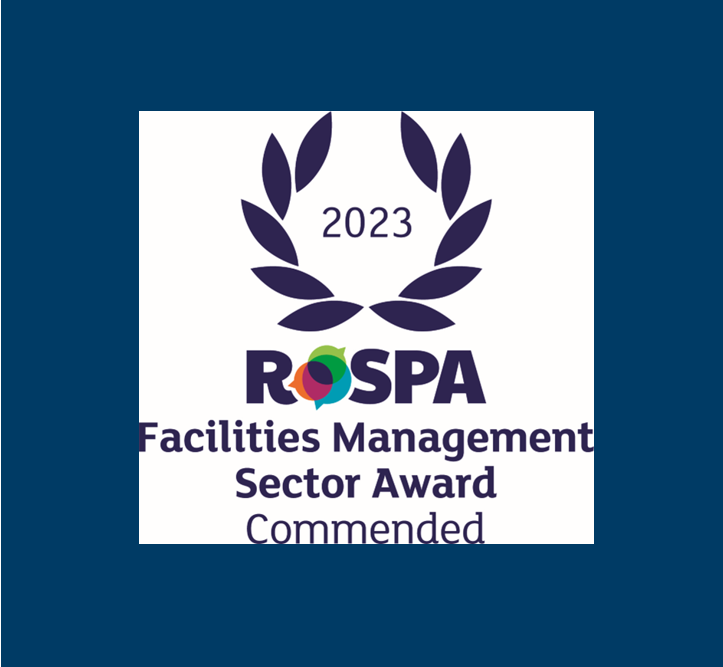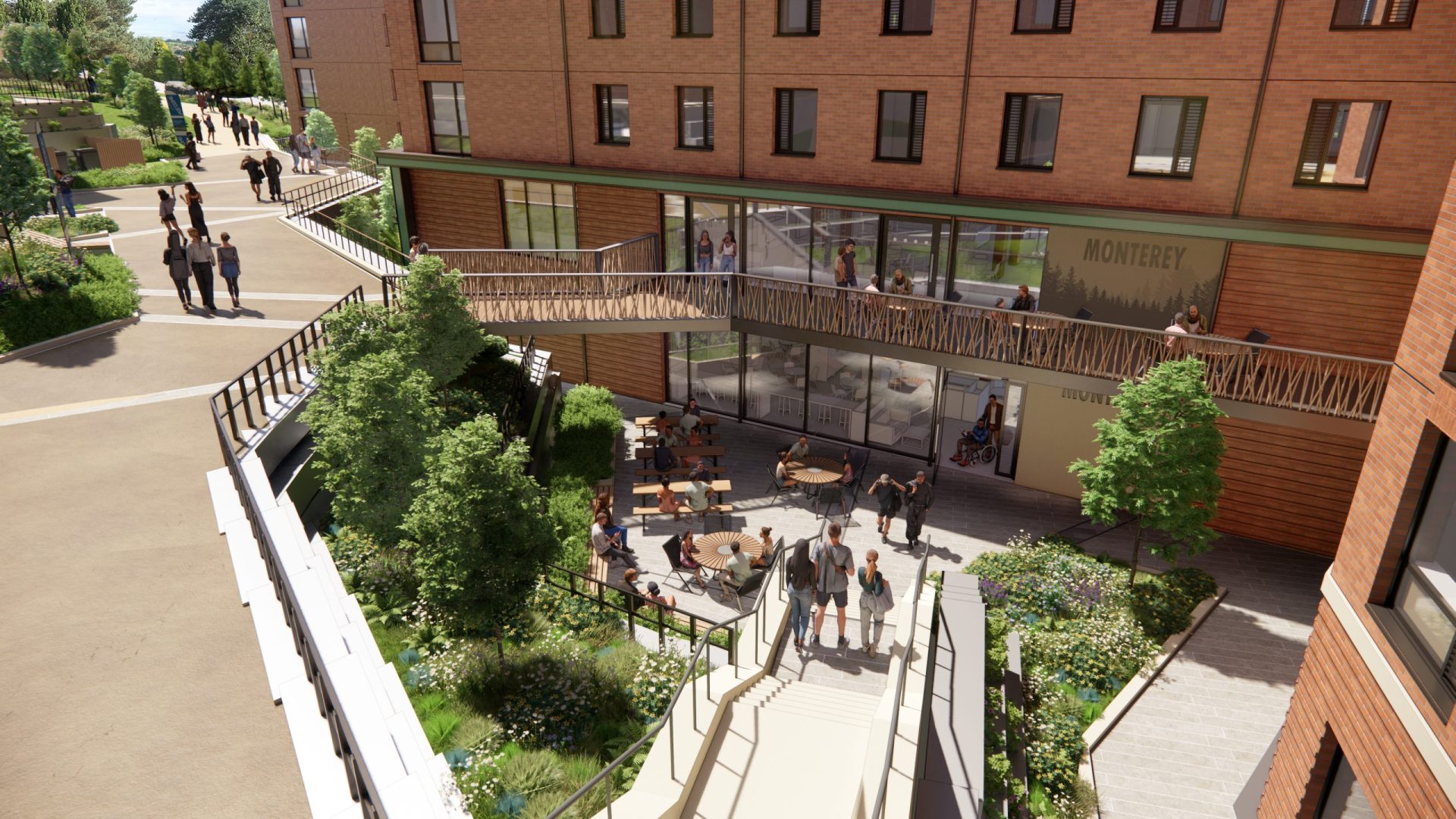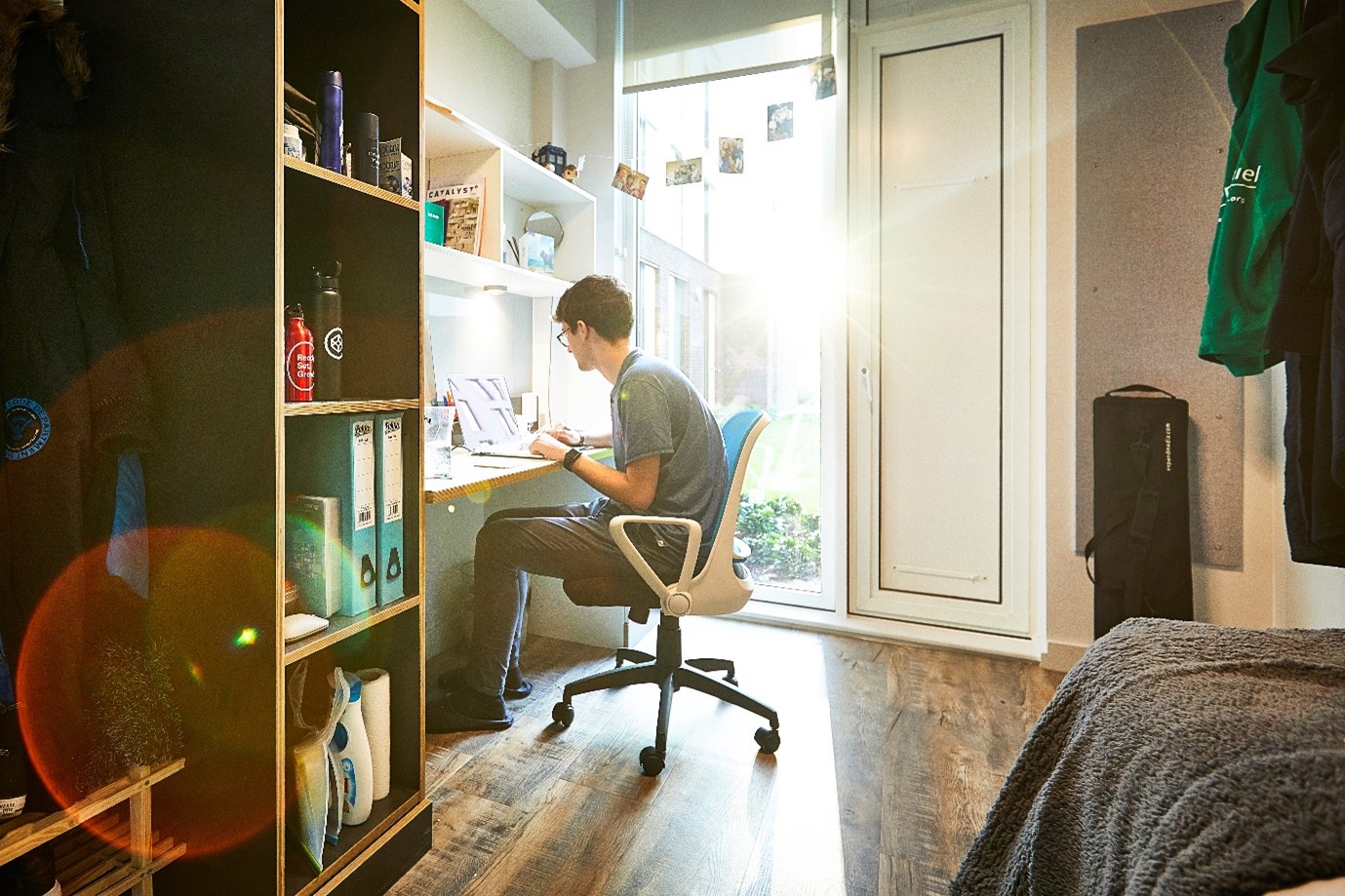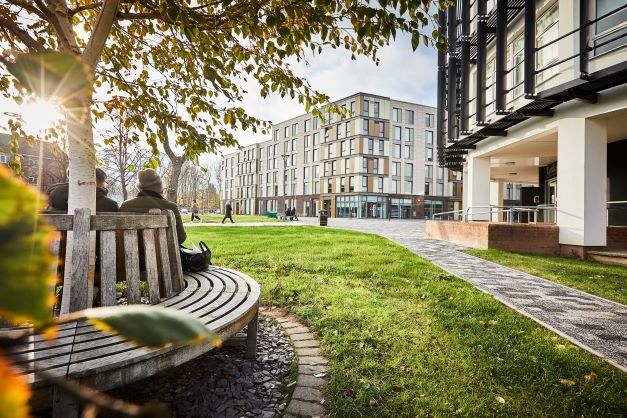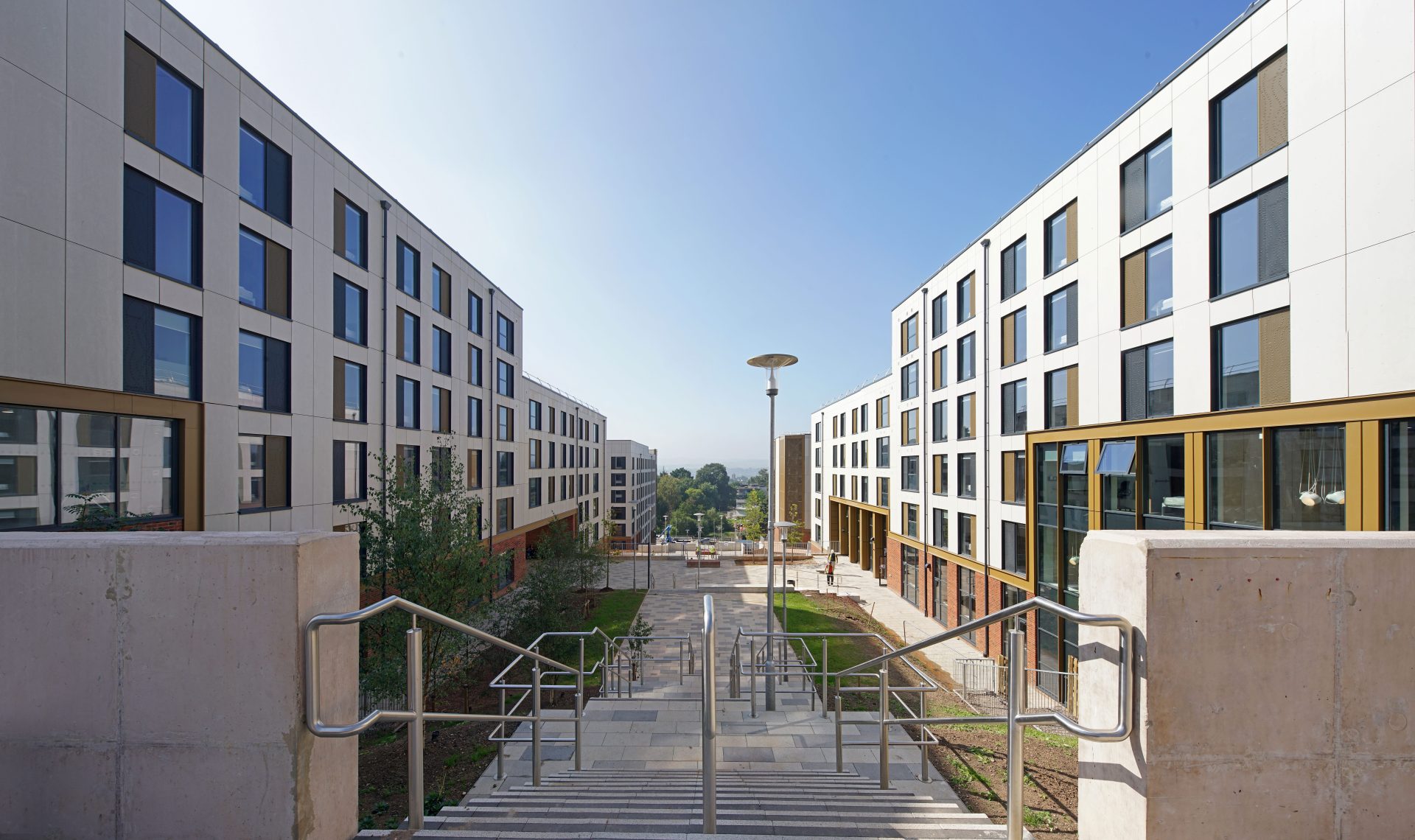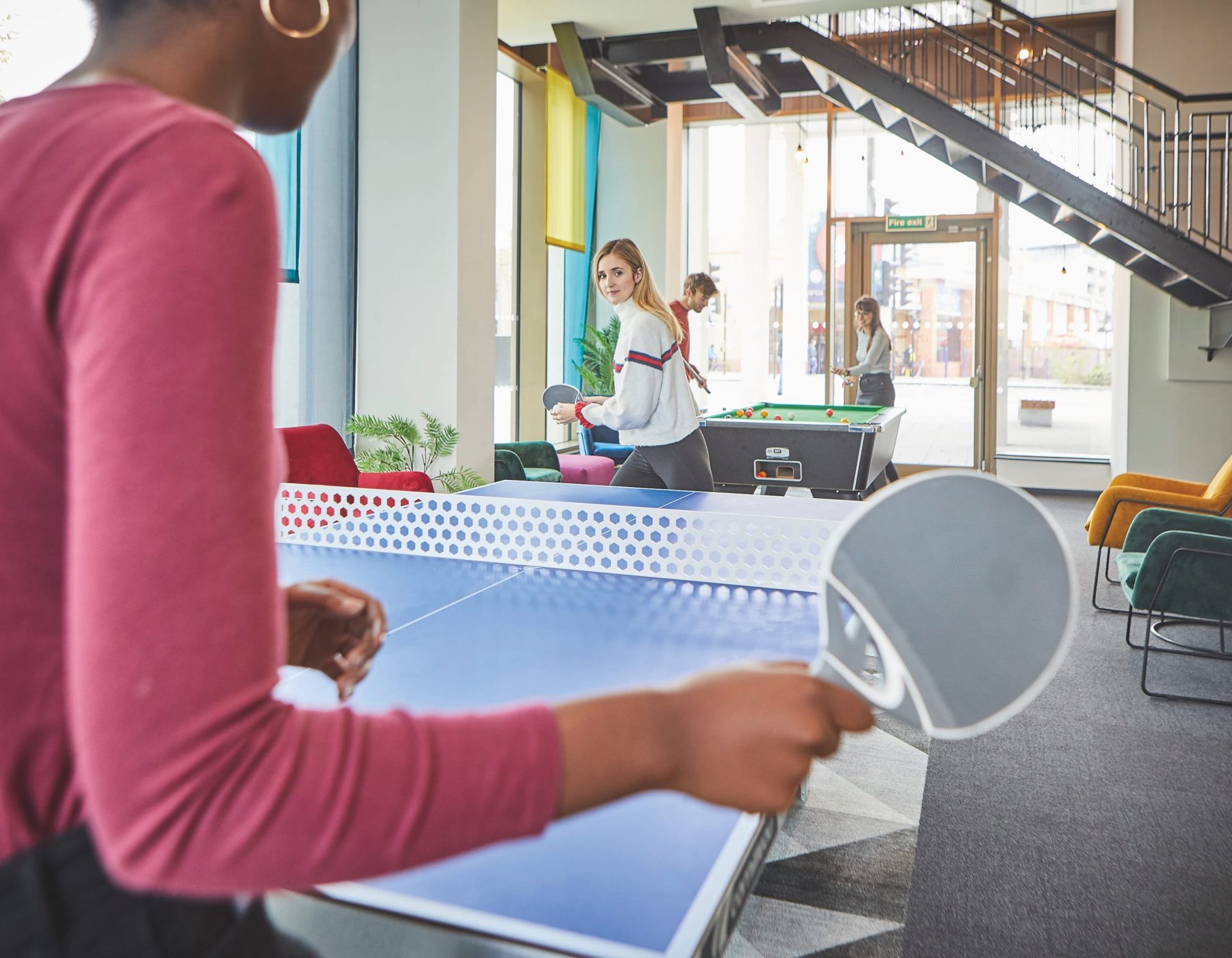As The Property Marketing Strategists move through a series of research pillars, we review our latest webinar – focused on the pillar of ‘Community’ – reviews data collected from our Living and Learning survey.
The first question we have to ask is: ‘What does community mean to you?’ Because community does, and always will, have different meanings to different people. But to the student population – specifically Gen Z – those nuances become magnified. Community is so central to determining the lifestyle and wellbeing of students. And what’s vital to emphasise is that one individual can become a part of more than one community.
How can PBSA operators support their communities? In this webinar, we’ll focus closely on that notion with the help of our outstanding panel including, Sarah and Deenie from The Property Marketing Strategists, Dr Penny Clark, Co-Founder of Conscious Living, Simran Dhanjal from Student Hubs, Rebecca O’Hare, Associate Director from Residence Life, Cate Maiolini, an ambassador from Co-Liv, and Richard Brabner, Director of EPP Foundation and ESG Up Foundation.
This panel promises to dissect the idea of community and build a bigger picture of what that means to Generation Z, providing insights and direction to PBSA operators on how they build infrastructures that support this.
Intersectionality
Starting with a wider stance, Penny and Rebecca offered some interesting insights into what a community consists of. Penny spoke about the connections that bring together the student population, and how PBSA and BTR operators can increase those connections.
Dr Penny Clark: “they’re sharing a certain life stage as well, which might consist of sharing and certain routines or sharing and learning new things together. And this opens up greater possibilities for connection between these residents. “
There is without a doubt a prevalence of intersectionality when we talk about the student community. Dr Penny Clark went on to speak about the three characteristics of collaborative neighbourhoods: co-presence, affiliation, and endeavour. Co-presence, meaning being physically together. Affiliation, meaning to share things in common. And endeavour, meaning to engage in shared work.
Community means different things to different people, and how a community is created can depend on a number of social and identity aspects that need to be considered.
Rebecca O’Hare: “Community is a verb. It’s an action word. It’s not a thing you put on a piece of paper and put out there, it’ll happen. You need to really work with that community to understand that community and ask questions.”
The challenge that intersectionality poses is that it’s difficult to group Gen Z into one audience. Yes, they share many common values and are generally a socially conscious generation, but other individual characteristics could form natural groups or communities within that demographic. This is something both universities and PBSA operators need to be clear on, because the student population is transient and ever-evolving. Yes, this makes things more challenging when it comes to infrastructures and strategies, but it reinforces the message of balance and awareness.
Simran Dhanjal : “When we think about students moving physically to a university, we tend to look at community as one homogeneous thing. When actually a student can be a part of many different communities, and that can be quite overwhelming if they are moving into new spaces with new people for the first time.”
A sense of belonging
This point segued nicely into Richard’s emphasis on the importance of belonging, and how this pertains to the university experience. Do the students feel they belong to their halls of residence, to their course, to the community?
Richard Brabner: “Students are really affected by issues such as loneliness which feeds into issues of wellbeing. There is a big role for student accommodation providers to play.”
Cate reiterated this point, drawing on the feeling of having arrived somewhere and being able to relax, and enjoy that community and where you are. You need to understand who you are and where you fit. We often try to categorise people by their demographics but it’s more than this. Friendships also play a big part in that. So ensuring students are aligned in interest and have common goals could be a factor in how well they integrate into a community.
Cate Maiolini: “You perform better, your mental health is better, you feel better. Everything gets better when we belong.”
The wider community
According to our research, 27% of current students said that being part of a non-student club or team made them feel connected to their city. This is an important stat because it hints at the relevance of where institutions sit within a city. Are partnerships being maximised and external resources merged with the university campus?
There was also a strong desire for people to connect with independent shops and restaurants. Partnerships could play a big role in this, for example, exclusive discounts and experiential events to promote local brands and encourage traffic to those places. Cate offered some interesting points about how we can amplify those partnerships. For example, having community facilitators present to direct students to areas of local community value, for example volunteering.
Richard reiterated this post, commenting on the importance of signposting residents to local activities. But again, this stems from wider integrations with the local community.
Sarah, voiced a concern: “Do we, in the University accommodation sector, have the skills, expertise and resources to build those partnerships?
Penny suggested that the social consciousness of Gen Z lends itself to an appreciation for localism, but spatially, a campus doesn’t always offer the infrastructure to engage with culture outside of the university. This could perhaps be overcome by establishing partnerships outside of the campus quarters, and moving further afield with local partnerships.
Sustainability and community
Having recently discussed sustainability at length in a previous webinar , we touched on the potential for sustainability in shared living accommodation.
Dr Penny Clark “There is the potential for peer pressure to occur – for good or bad.”
The panel went on to talk about how shared living and sustainability can place additional pressure on relationships, causing conflict. But the more you’re sharing together, the more need there is for communication.
The panel discussed how living in shared spaces with shared bills and utilities can magnify the need for sustainability, but this does pose a threat to relationships and friendships. For example, if one resident isn’t acting as sustainability as the rest, there is the potential for them to be alienated.
Simran Dhanjal: “We need to find ways to engage students in sustainable initiatives, where they have ownership over what that looks like, for their lives.”
The concept of biodiversity in university accommodation was brought up again, with Richard talking about how environmental projects can be brought into the halls of residence, or integrated into the curriculum, and biodiversity projects are a great way to achieve this. This could see universities partnering up with sustainability organisations to push those projects into action.
Richard Brabner: “They could be a great way for a provider working in partnership with the university and so on to think about what spaces could we develop here to support the environment and well being in our places.”
Communal spaces
Communal spaces and co-living environments are at the centre of student accommodation. What about the part they play in building community?
Cate relayed some examples in other locations where communal areas are open to the external community as well as students, allowing anyone to work, dine or use their space. This helps to merge the student community with the external community. She also spoke of how technology plays a part in this. Utiliting tech platforms or apps to enable users to book spaces, but also allows operators to control lighting and temperatures in line with the traffic in the space, so saving on energy and operating as efficiently as possible.
Simran offered an interesting point: “There can be tension from the local community when it comes to student housing and big high rises, a ‘what’s in it for me?’ By opening up those spaces, we make a joint place that can address some of those tensions.”
This offers the perspective of bringing the local community in, rather than forcing students out.
The success of inviting in the local community will depend on existing relationships and the ‘Town and Gown’ divide within that location. There needs to be some sensitivity when opening up student spaces to the public as it brings about issues of security and privacy. So there is a balance to be had.
Richard: “In terms of the estate as a whole, there could be some really interesting work done about mixed used purposes, for example libraries.”
Rebecca went on to talk of a space she had seen in Leeds: “it feels like you’re in a WeWork or one of those kind of co working spaces, because you’re really designed in a way to facilitate student learning to facilitate students kind of bumping into each other there are dedicated rooms for group study, there are individual rooms for like, if you want to go to like a step away and do a bit of work and not be in your bedroom.”
Students do however, expect to feel ownership over their own independent spaces, while having the option to integrate into more communal areas if they wish so. This is very similar to the hybrid working model we are seeing in the corporate world. Workers want the opportunity to work from home in a quiet space, but many still want the option to work from the office and integrate into their company culture. A similar model can be applied to the student population.
There is so much more we can discuss when it comes to community and the student population. Especially as it pertains to Generation Z, wellbeing and sustainability. Hopefully, this webinar provides you with some insights as to how Gen Z approaches the concept of community, and prompts some ideas as to how we can pivot our models to suit evolving expectations.
If you would like to view the full webinar, you can do so here.



